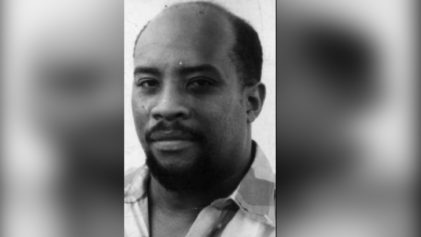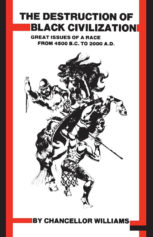The Harlem of today, replete with bustling restaurants and commerce, seems foreign to most. But a century ago, the small area in upper Manhattan was the epicenter of Black culture.
First known as the “New Negro Movement” and later called “The Harlem Renaissance,” Harlem was hardly the downtrodden place it had been for decades prior to changes sparked by gentrification that moved out many African-Americans who made “Uptown” their home for generations.
Rather, it was the place of Black progress, a destination for iconic authors, artists and political stalwarts. Legendary figures like Zora Neale Hurston and Langston Hughes launched their literary careers in Harlem. There also was Louis Armstrong and Billie Holiday in music. It was the base for Marcus Garvey’s United Negro Improvement Association.
It was the spot.
“This is a period when the majority of Black people in the United States are born as free people — the first generation when they’re not largely born as slaves,” Minkah Makalani, assistant professor of African and African Diaspora Studies at the University of Texas at Austin, said to USA Today.
Like most Blacks seeking an escape from the racism that permeated the country, especially in the South, these amazing talents and many others retreated to the North and found Harlem as a creative place for Black art to thrive. They also found Cleveland, Chicago and other Northern cities as hubs for creativity and change.
“They find their way out of that and create some of the most vibrant artifacts and cultural practices that literally inform everything in the American culture today, be it dance, music, writing, poetry. It’s a very vibrant robust period,” Makalani said.
“You also have these kinds of compelling commentaries on democracy, on politics, on what a just society will look like. They’re having these profound discussions about what does it mean to be a democracy, what does it mean to be a world power, where do Black people fit in. And it’s not monolithic.”


